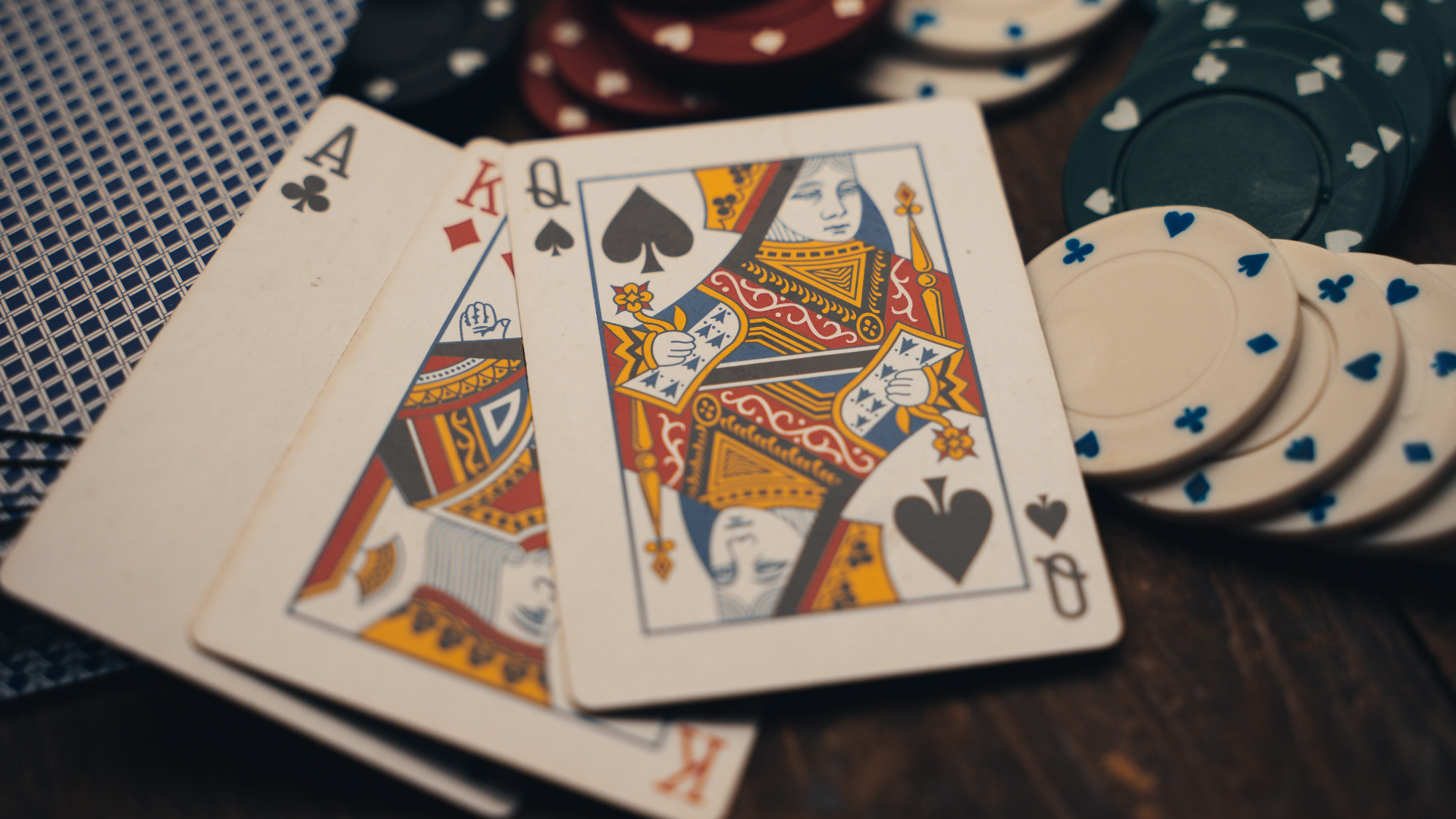
Pai gow poker is a casino game that combines elements of the traditional Chinese game pai gow and American poker. The game has gained popularity over recent years, becoming a staple at many casinos around the world. For those new to casino gaming, pai gow poker provides an approachable introduction to poker hands and betting mechanics. This guide will walk through the basics of how to play pai gow poker, covering the rules, optimal strategy, and tips for success.
An Introduction to Pai Gow Poker
Played with a standard 52-card deck plus one joker, the goal of pai gow poker is to make two poker hands out of seven cards – a five-card back hand and a two-card front hand. The back hand must be equal to or higher in rank than the front hand. Players compete against the dealer to make the best possible hands. Pai gow poker incorporates elements of resource management, since you only get seven cards to work with. Understanding hand rankings is key, as is knowing when to play more conservatively versus aggressively.
How to Play
Pai gow poker is played at a table with up to six players. Each player receives seven cards, which they must split into a five-card back hand and two-card front hand. The back hand must outrank the front hand. For example, if the back hand is a pair of sevens, the front hand cannot be a pair of aces, since aces are ranked higher than sevens.
Once players set their hands, the dealer reveals their cards and sets their hands according to the house way – a predetermined strategy for optimizing the dealer’s hands. Players win if both their hands outrank the dealer’s respective hands. If one hand wins and one loses, it’s a push. The joker can be used to complete a straight, flush or straight flush in the back hand.
Hand Rankings
Knowing standard poker hand rankings is key to success in pai gow poker. Hands are ranked as follows from highest to lowest:
- Five Aces (A-A-A-A-Joker)
- Royal Flush (10-J-Q-K-A of same suit)
- Straight Flush (five consecutive cards of same suit)
- Four of a Kind (four cards of same rank)
- Full House (three of a kind + one pair)
- Flush (five cards of same suit)
- Straight (five consecutive cards of mixed suits)
- Three of a Kind
- Two Pairs
- One Pair
- High Card
When you receive your seven cards, understanding these hand rankings will help you optimize both your front and back hands.
Betting and Dealing
Pai gow poker utilizes simple betting mechanics. Players make an initial wager, which the dealer collects. Players and the dealer are then dealt seven cards. Players set their hands, and then the dealer reveals their cards, setting the hands according to house way strategy.
If both of the player’s hands beat the dealer’s hands, the player wins even money on their wager (minus a 5% commission to the house). If both hands lose, the player loses their wager. If one hand wins and one hand loses, it’s a push.
Once all wagers are settled, the next round begins. The dealer shuffles the cards, players place their bets, and hands are dealt again.
House Way Strategy
An important element of pai gow poker is understanding house way rules. This is the strategy dealers use to set their hands. House way is designed to optimize the dealer’s edge while ensuring impartiality.
Some basic rules of house way include:
- Always playing a pair in the front hand if possible.
- Playing two-pair hands with the higher pair in the back.
- If dealt three pairs, playing the highest pair in front.
- Playing single aces and kings in the back hand.
Knowing house way strategy helps inform player strategy, as you can make decisions to maximize your edge relative to how the dealer will set their hand.
Player Strategy and Tips
Although partially subject to chance, there is skill and strategy involved in optimizing hands in pai gow poker. Following these tips can help increase your odds:
- Play more conservatively with weaker hands. With a hand low in power, play it safe by keeping pairs together to avoid losses.
- Aggressively play powerful made hands. Go for a strong back hand and weaker front hand if you are dealt a very strong holding.
- Learn the power rankings of various made hands. Understand which back hands will lose to others to avoid costly mistakes.
- Use your joker carefully. Be strategic with placement to maximize its value.
- Manage bankroll and bets carefully. Pai gow poker moves slower than other games – budget your bankroll accordingly.
While there is luck involved, following basic strategy based on hand rankings optimizes the controllable aspects of pai gow poker.
Summing up, Pai gow poker blends simple poker hand rankings with the strategic element of splitting a seven-card hand. Its combination of chance and skill makes pai gow poker an intriguing casino game for novice gamblers and poker veterans alike. Learning the rank of hands, understanding house way rules, and playing more conservatively with weaker holdings are key tips to boost performance. With a bit of practice, pai gow poker can be mastered, providing hours of entertainment at casinos across the globe.

